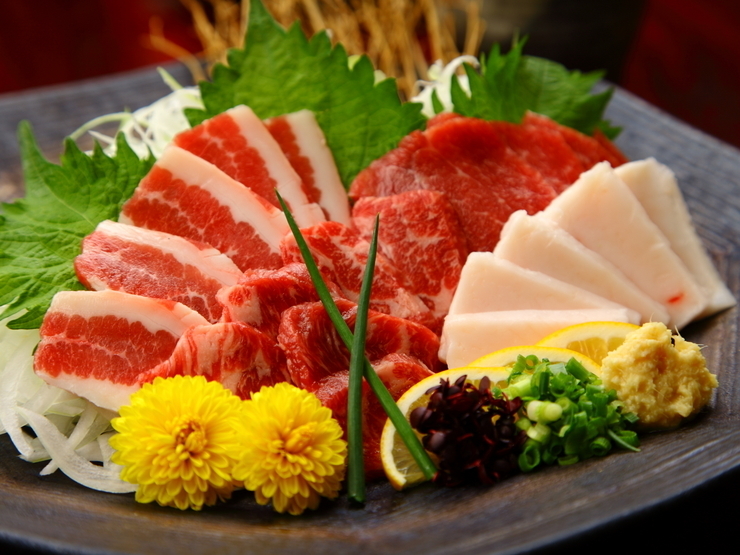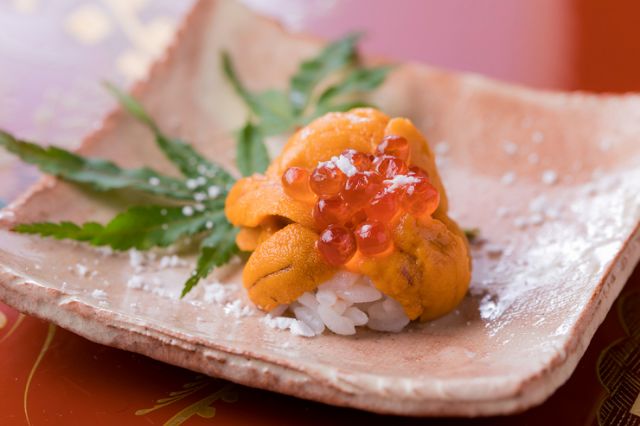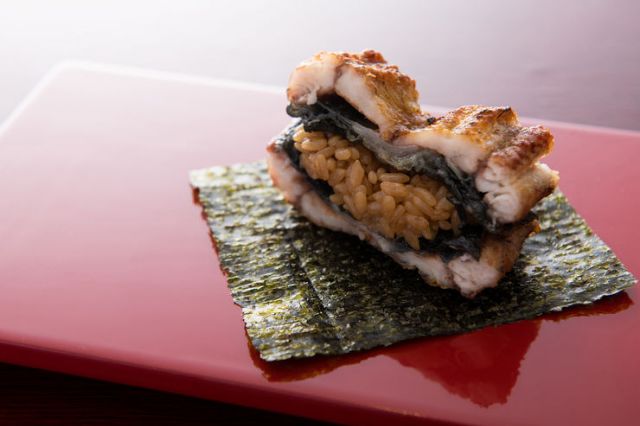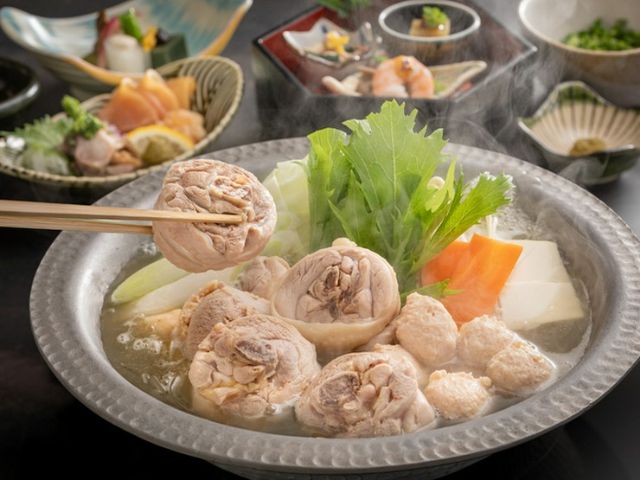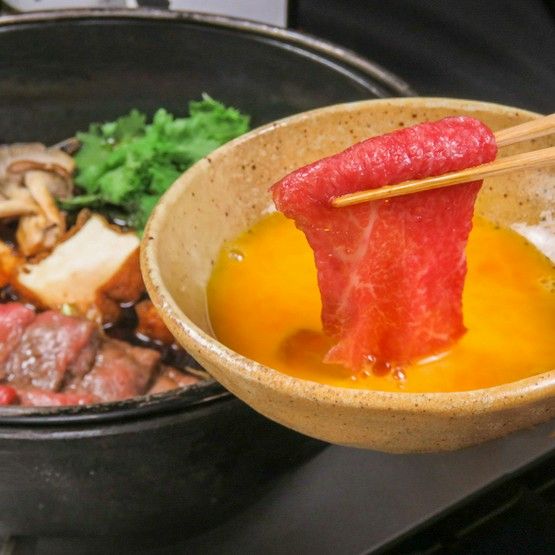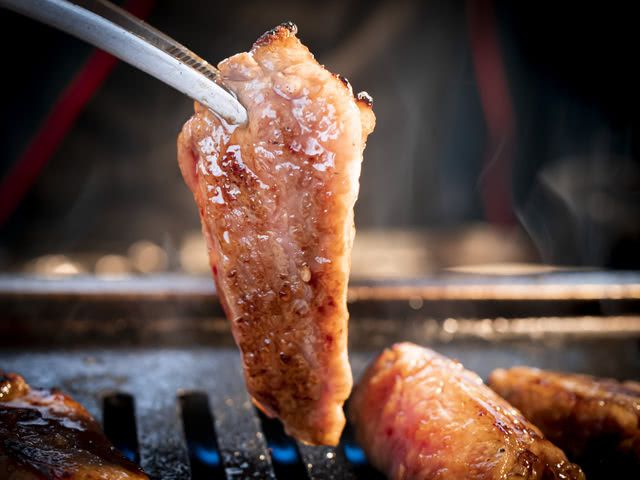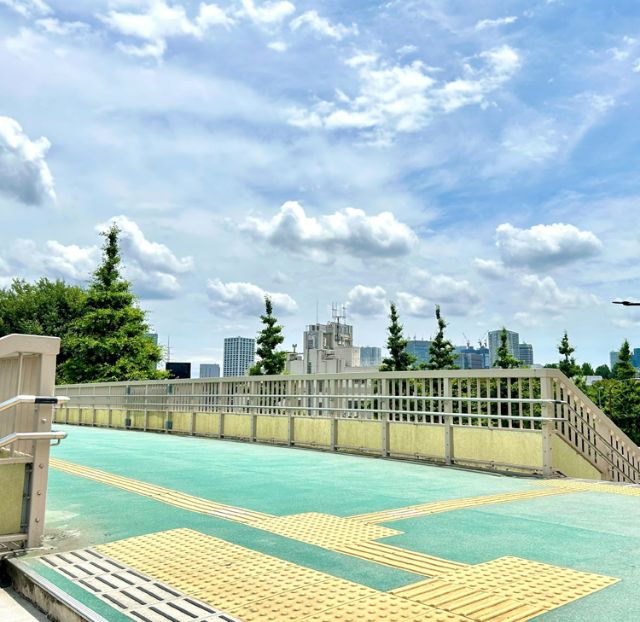Motsunabe or Mizutaki? Which Local Delicacy Is Your Go-To When in Fukuoka?

Must-Have Hot Pot Cuisines When in Fukuoka: Motsunabe and Mizutaki!
What Is Motsunabe?
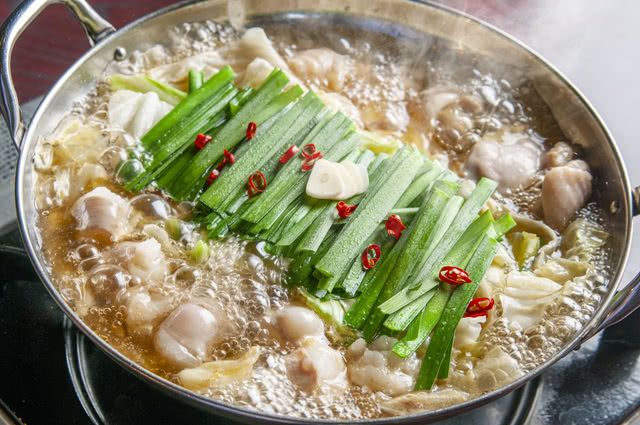
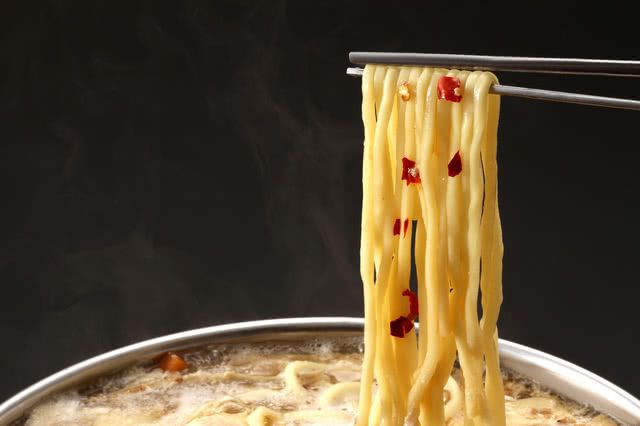
After you have enjoyed all the ingredients, you can add thick "champon" noodles to the savory broth. This part of the meal, called "shime," allows you to enjoy the hot pot to the last drop.
What Is Mizutaki?
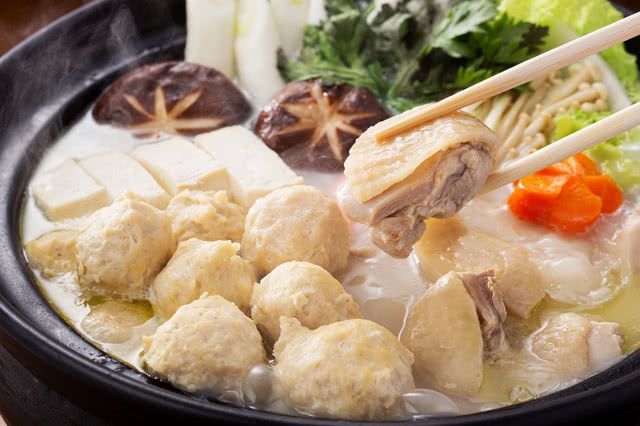
When all you have left is the broth, it's time for the shime! As with the motsunabe, you can add champon noodles or go with rice.
Ready to Eat Motsunabe and Mizutaki? Try These Locations!
Mizutaki Ryotei Hakata Hanamidori Tenjin Branch
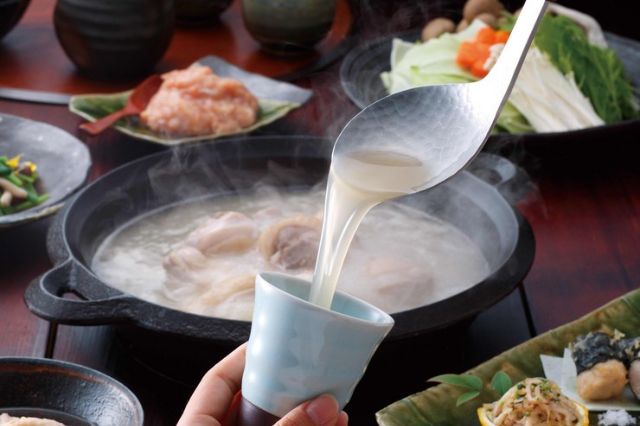
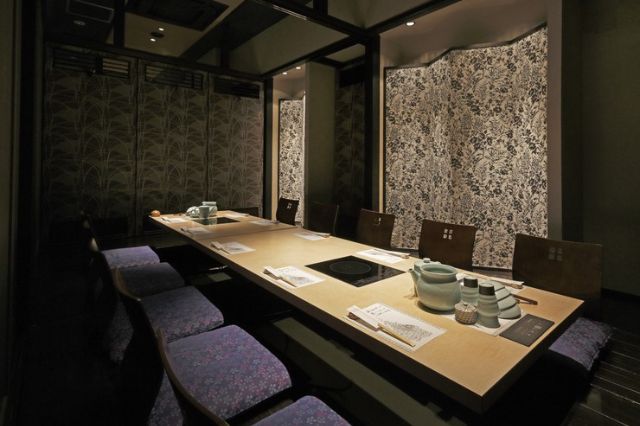
Mizutaki Ryotei Hakata Hanamidori Tenjin Branch
Closed: None
Average price: [Dinner] 5,000 JPY
Access: 5-minute walk from Nishitetsu-Fukuoka Tenjin Station on the Nishitetsu Tenjin Omuta Line
Address: B1F, Tenjin MENT Bldg., 1-20-2, Imaizumi, Chuo-ku, Fukuoka-shi, Fukuoka Map
More Details Reservation
Mizutaki Zenzai
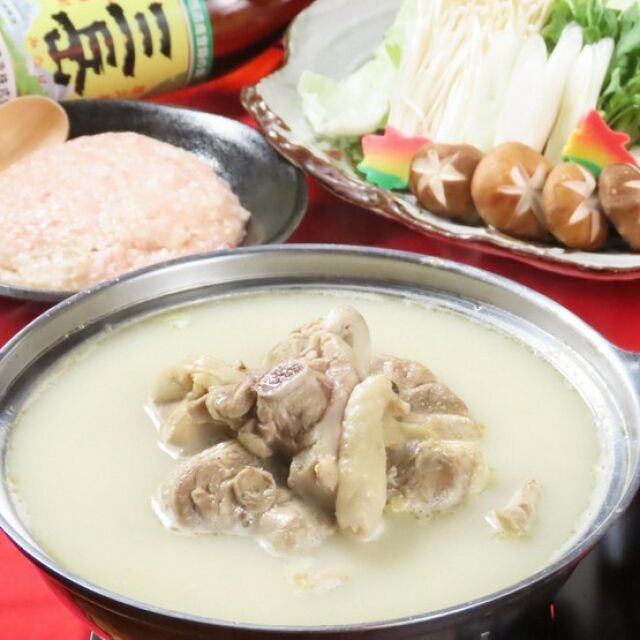
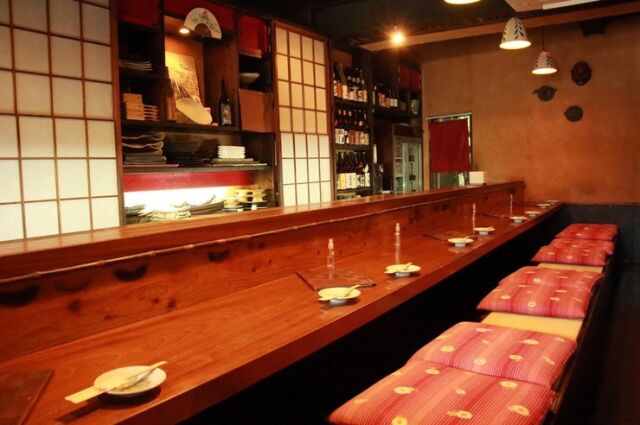
Mizutaki Zenzai
Closed: None
Average price: [Dinner] 5,000 JPY
Access: 5-minute walk from Exit 2 of Watanabe-dori Station. Go south on Nisseki Dori Street, turn left at the corner after passing the Watanabe Dori branch of Nishi-Nippon City Bank.
Address: 1-11-8, Kiyokawa, Chuo-ku, Fukuoka-shi, Fukuoka
Hakata Motsunabe Yamanaka Hakata Branch (Hakata)
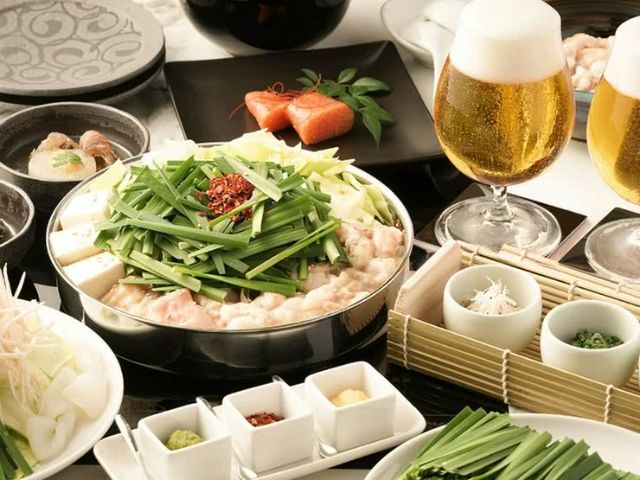
Highly recommended is the Yamanaka Course for 1 Person (4,680 JPY), a special set menu that offers the restaurant's signature motsunabe, along with beautifully presented side dishes. It's not often that motsunabe establishments offer single servings, so solo travelers may find this availability very welcoming.
If you're curious to learn more about the exquisite dining experience at Hakata Motsunabe Yamanaka, click on the link below!
https://savorjapan.com/contents/discover-oishii-japan/motsunabe-by-yourself-in-hakata/
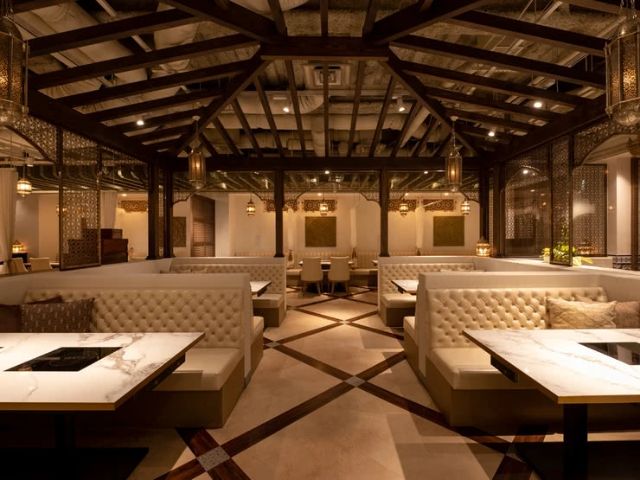
Hakata Motsunabe Yamanaka Hakata Branch
Closed: None
Average price: [Dinner] 5,000 JPY
Access: 3 minutes walk from the Chikushiguchi exit of JR Hakata Station
Address: 2F, Hakatabe Bldg., 2-4-6, Hakataeki-higashi, Hakata-ku, Fukuoka-shi, Fukuoka Map
More Details Reservation
Hakata Ajidokoro Iroha (Nakasu-Kawabata)
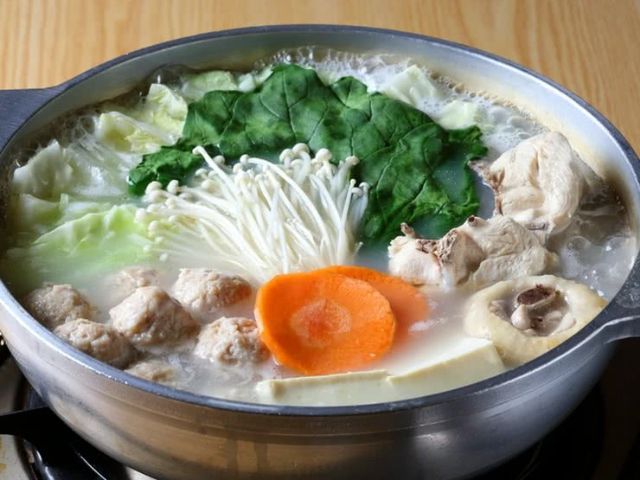
One of their highlights is the Mizutaki of Local Jidori Chicken (Comes with Minced Chicken) (4,700 JPY), featuring Fumotodori, a premium brand of local chicken raised in Saga Prefecture which is adjacent to Fukuoka. The chicken boasts remarkable flavor without any unwanted pungency. A dedicated server will be assigned to your table to prepare the mizutaki to perfection. They'll first serve you the broth for a taste, and sure enough, your taste buds will delight in anticipation of the experience that's about to unfold. The tenderness of the chicken and the fluffy texture of the special minced chicken will transport you to another dimension. The mizutaki is best enjoyed with a seasoning of house-made ponzu crafted with a blend of specially-sourced soy sauce and mandarin oranges.
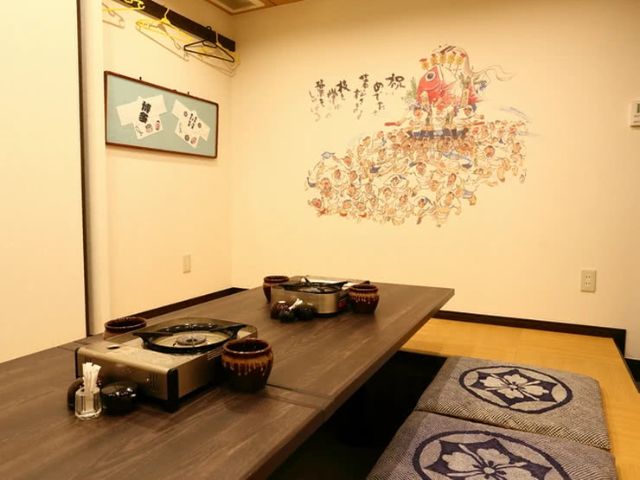
Hakata Ajidokoro Iroha
Closed: Monday
Average price: [Dinner] 6,500 JPY
Access: 3 minutes walk from Nakasu Kawabata Station on Fukuoka municiple Subway Airport Line.
Address: Iroha Bldg., 14-27, Kamikawabatamachi, Hakata-ku, Fukuoka, Fukuoka Map
More Details Reservation
Making the Most of Your Visit in Compact Hakata
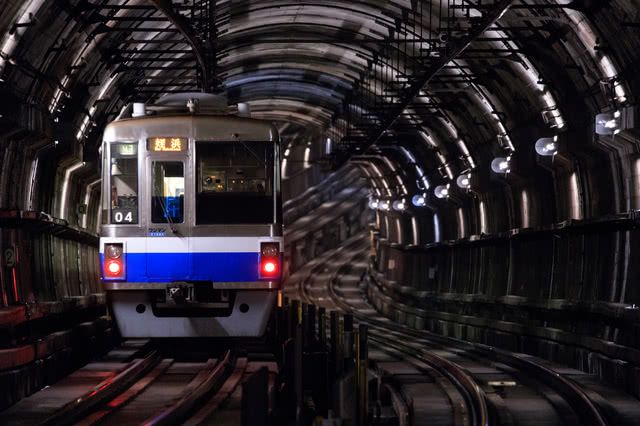
Explore Fukuoka's Unique Street Food Culture and Mingle With the Locals!
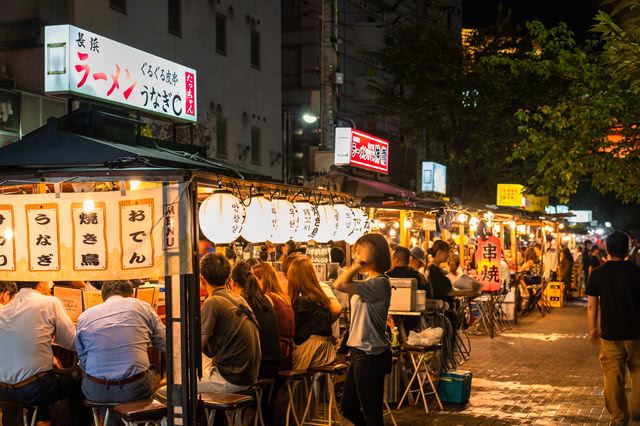
Eating at the food stalls called "yatai" is one of the things you must experience to get a better understanding of the unique food culture of Fukuoka. There are two areas, Nakasu and Tenjin, where you'll find streets lined with over 100 stalls that offer street food like ramen, gyoza, and other diverse menu options to satisfy your palate. The Nakasu area boasts the largest entertainment district in the Kyushu region, and the stalls are located along the Nakagawa River or inside Seiryu Park. The Tenjin area is another vibrant location that hosts popular restaurants and clothing stores.
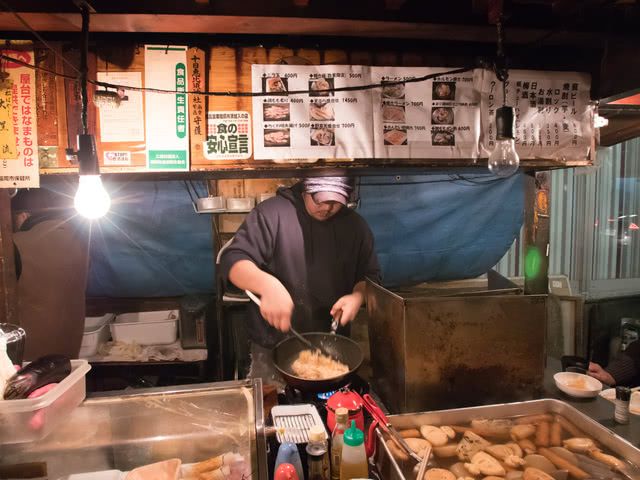
Tochoji Temple
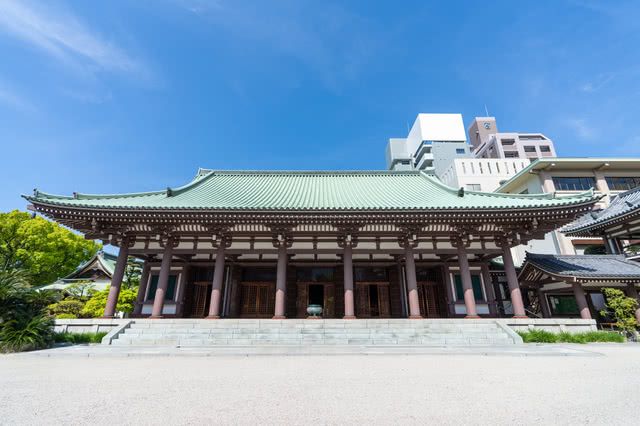
Tochoji Temple is renowned for its Fukuoka Daibutsu, the largest wooden statue in Japan depicting the seated Buddha. The statue is 10.8 meters tall and weighs 30 tons, and visitors can enter its pedestal to embark on the "Tour of Hell and Heaven," an immersive journey through the darkness in search of the Buddha's Ring. It is said that if you are lucky enough to find and touch Buddha's Ring, you are guaranteed your path to the Pure Land. Another landmark you don't want to miss is the five-story pagoda, standing proudly at 26 meters tall beside the Hondo (Main Hall) in its striking vermillion glory.
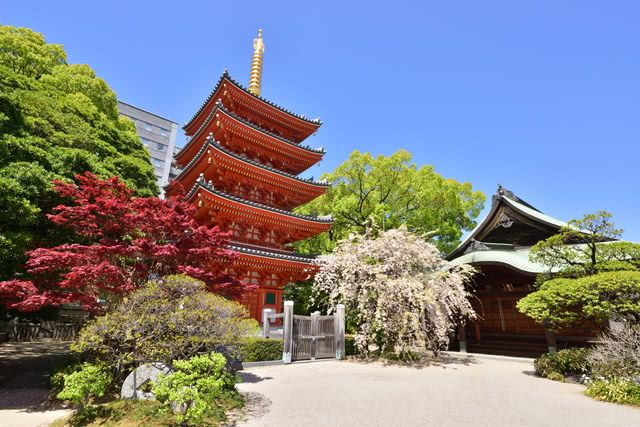
Looking for Accommodation? Hilton Fukuoka Sea Hawk Hotel Is the Place!

Disclaimer: All information is accurate at time of publication.
Thank you for reading our article.
Our goal is to take your culinary journey to the next level by helping you find the best restaurant. With SAVOR JAPAN, you can search and make reservations for
the Nabe restaurants found in and around Fukuoka, Hakata and Saga that fill your needs.
Discover more Nabe restaurants by area
- Tokyo Area
- Near Tokyo
- Kyoto and Osaka Area
- Hokkaido Area
- Northern Honshu (Tohoku)
- Central Honshu (Chubu)
- Western Honshu (Chugoku)
- Shikoku
- Kyushu
- Okinawa and Ryukyu Islands
Discover more restaurants to eat Japanese Cuisine by area
Related Articles
New Articles
-
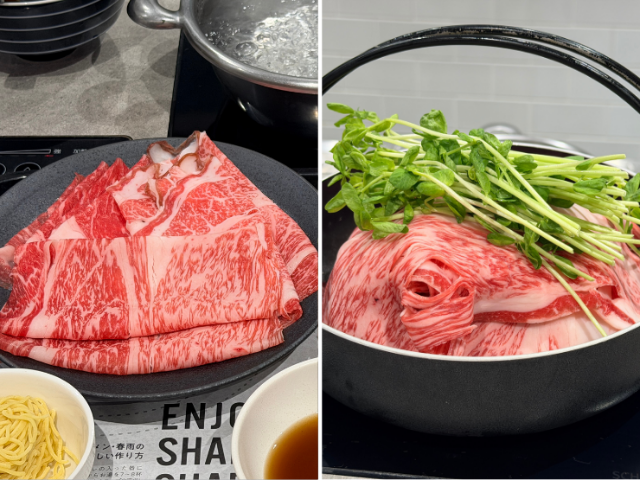
This restaurant in Tokyo that you absolutely cannot miss for delicious food while traveling alone! A must-try famous place for tasty hot pot and sukiyaki "一人涮涮鍋七代目松五郎 新宿東寶大樓店"
-
![[Daiwa Afternoon Tea Recommendations] YORIMICHI Odaiba | AQUA CITY Sea View Desserts and Seaside Stroll Suggestions](https://rimage.savorjapan.com/svj/image/discover_oishii_japan/6824/article_head_150x105z.jpg?t=1767771968)
[Daiwa Afternoon Tea Recommendations] YORIMICHI Odaiba | AQUA CITY Sea View Desserts and Seaside Stroll Suggestions
-
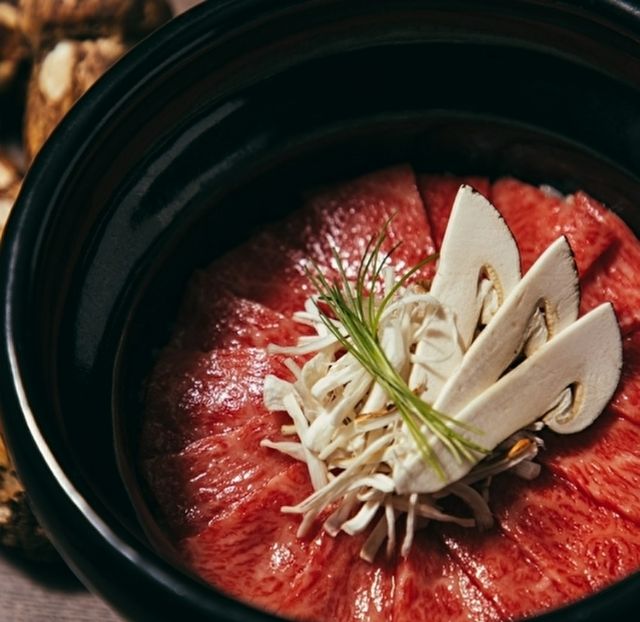
What sets the renowned Japanese yakiniku restaurant 'USHIGORO' brand apart? Unveiling the allure you need to know for the 'ultimate yakiniku experience'
Categories
Cuisine
- Bars (23)
-
Japanese Cuisine (678)
- Kaiseki (46)
- Nabe (19)
- Okonomiyaki (24)
- Shabu Shabu (36)
- Soba (18)
- Sushi (137)
- Tempura (19)
- Teppanyaki (46)
- Shojin Ryori (3)
- Tonkatsu (12)
- Kushiyaki (10)
- Yakitori (45)
- Sukiyaki (35)
- Japanese Cuisine (341)
- Oyster (2)
- Sashimi/ Seafood (22)
- Unagi (eel) (32)
- Motsu Nabe (offal hotpot) (6)
- Mizutaki (chicken hot pot) (3)
- Oden (8)
- Kaisendon (seafood bowl) (11)
- Udon (2)
- Taverns(Izakaya) Cuisine (125)
- Western Cuisine (42)
- Italian/French Cuisine (94)
- Yakiniku/Steak (225)
- Chinese Cuisine (26)
- Ramen (Noodles) Cuisine (24)
- Cafe/Sweets (61)
- Other Asian Cuisine (5)
- Global/International Cuisine (7)
- Alcohol (45)
- Other (11)
Area
- Shikoku (10)
- Kyoto and Osaka (345)
-
Tokyo (460)
- Tokyo (287)
- Ginza (44)
- Roppongi (21)
- Shibuya (26)
- Shinjuku (46)
- Asakusa (20)
- Ebisu (12)
- Tsukiji (10)
- Tokyo Landmarks (4)
- Ueno (23)
- Akihabara (9)
- Ikebukuro (12)
- Jiyugaoka, Denenchofu, Nakameguro (9)
- Shimokitazawa (4)
- Kichijoji (3)
- Tachikawa (1)
- Omotesando, Harajuku, Aoyama (18)
- Akabane (1)
- Kagurazaka (4)
- Akasaka (10)
- Odaiba (2)
- Tsukishima, Harumi, Toyosu (3)
- Near Tokyo (101)
- Okinawa and Ryukyu Islands (58)
- Hokkaido (124)
- Northern Honshu (Tohoku) (31)
- Central Honshu (Chubu) (143)
- Western Honshu (Chugoku) (32)
- Kyushu (92)
Archives
- January 2026(4)
- December 2025(9)
- November 2025(4)
- October 2025(3)
- September 2025(6)
- August 2025(11)
- July 2025(19)
- June 2025(18)
- May 2025(34)
- April 2025(43)
- March 2025(30)
- February 2025(36)
- January 2025(26)
- December 2024(69)
- November 2024(31)
- October 2024(15)
- September 2024(39)
- August 2024(65)
- July 2024(31)
- June 2024(54)
- May 2024(61)
- April 2024(28)
- March 2024(31)
- February 2024(42)
- January 2024(32)
- December 2023(20)
- November 2023(5)
- October 2023(11)
- September 2023(7)
- August 2023(18)
- July 2023(8)
- June 2023(8)
- May 2023(18)
- April 2023(15)
- March 2023(1)
- January 2023(1)
- April 2022(2)
- March 2022(2)
- February 2022(1)
- January 2022(1)
- July 2021(1)
- March 2021(1)
- February 2021(1)
- December 2020(1)
- October 2020(1)
- September 2020(2)
- August 2020(10)
- July 2020(6)
- June 2020(9)
- May 2020(11)
- April 2020(8)
- March 2020(8)
- February 2020(13)
- January 2020(9)
- December 2019(24)
- November 2019(8)
- August 2019(14)
- July 2019(15)
- June 2019(18)
- May 2019(17)
- April 2019(16)
- March 2019(22)
- February 2019(22)
- January 2019(26)
- December 2018(34)
- November 2018(40)
- October 2018(32)
- September 2018(11)
- August 2018(8)
- July 2018(6)
- June 2018(9)
- May 2018(10)
- April 2018(21)
- March 2018(74)
- February 2018(39)
- January 2018(26)
- December 2017(60)
Keywords
- Omakase
- Accessible
- Affordable
- All-You-Can-Eat
- Amazing Scenery
- anime
- Art
- Autumn
- Awards
- Beer Gardens
- Breakfast
- Chef Recommendations
- Cherry Blossoms
- Chinese
- Close To Station
- Condiments
- Counter
- Coupon
- Crab
- Culture
- Dassai
- Dates
- delivery
- Early Summer
- Editor's Recommendation
- English Available
- Event
- Expo
- Fall Leaves
- Family-Friendly
- Famous Restaurant
- Famous Tourist Spot
- Fast Food
- festival
- fireworks
- Flower Farm
- Free Wi-Fi
- French
- Great Location
- Guide
- Hibachi
- hotpot
- How To
- hydrangea
- Hygiene
- Illumination
- Italian
- Izakaya
- Japanese
- Japanese alcohol
- jingisukan
- Kaiseki
- Kappo
- Kushiage
- Kushikatsu
- Kyoto
- Late-Night
- Lunch
- Manners
- matsusakagyu
- Michelin
- mizutaki
- Model Course
- monjayaki
- motsunabe
- Mt.Fuji
- Multilingual Menus
- Nabe
- Narita Airport
- New Year
- Ninja
- Noodle
- Oden
- Okonomiyaki
- omotenashi
- Onsen
- Osaka
- Osaka Station
- Photogenic Site
- pizza
- PR
- Private Room
- Ramen
- ranking
- Recipe
- Regional Cuisine
- Resort
- Rice Bowl Dish (Donburi)
- sacred places
- Sake
- Sakura
- Sashimi
- sea urchin
- Setouchi Area
- Shabu Shabu
- sightseeing
- Signature Dish
- Soba
- Solo Diners Welcomed
- Spicy Food
- Spring
- Steak
- Summer
- Sunflower
- Sushi
- takeout
- Teppanyaki
- Terrace Seating
- Tokyo
- Tokyo Experiences
- Tokyo Skytree
- Tokyo Tower
- unagi
- UNESCO
- Vegan
- Vegetarian
- Wagyu
- What Popular Gourmet Sites Recommend
- Whisky
- Wine Bar
- Winter
- Wisteria
- Workshop
- World Heritage Site
- World Writers
- Yakiniku
- Yoshoku
- Yuba
- Zen
Discover Restaurants By Area
-

Tokyo Area
Japan's largest city, Tokyo, is the center of culinary culture in Japan. Countless Tokyo restaurants serve every kind of food imaginable and the Toyosu fish market keeps restaurants stocked with the nation's finest fish.
-

Near Tokyo
Coastal areas, mountains and valleys surrounding Tokyo are bursting with tourist destinations, such as hot springs and ski slopes, where many unique foods are only available locally.
-

Kyoto and Osaka Area
The cities of Kyoto and Osaka, together with their surrounding areas, have greatly influenced Japan's culinary culture since the 7th Century. The region is renowned for its entertainment, Kobe beef, and wide-ranging traditional dishes.
-

Hokkaido Area
The island of Hokkaido is home to wide-ranging produce of the finest quality, such as rice, meat, vegetables, fish and fruit. Popular dishes from Hokkaido include robatayaki (food slowly roasted on skewers) and Sapporo miso ramen.
-

Northern Honshu (Tohoku)
The northern end of Japan's main island, Honshu, is renowned for its seasonal fruit and vegetables, nation-leading harvest of fish (especially tuna from Ohma), and delicious beef from Yonezawa, Sendai and Yamagata.
-

Central Honshu (Chubu)
Chubu is in the center of Japan's main island, Honshu, and its culinary culture reflects its position between Japan's western and eastern halves. Delicious Hida beef, world-famous Mount Fuji and many acclaimed sake breweries are in Chubu.
-

Western Honshu (Chugoku)
Chugoku, on the southwest of Japan's main island, is rich with diverse produce. Many of its products are praised as Japan's best, including Matsuba crabs from Tottori and oysters from Hiroshima. Its pears and muscats are also top grade.
-

Shikoku
The mild climate of Shikoku is ideal for growing citrus fruit such as sudachi. Shikoku is also famous for Sanuki udon noodles, huge yields of tiger prawn from Ehime Prefecture and the best torafugu (tiger globefish) in the country.
-

Kyushu
Western culture was first introduced to Japan through Kyushu, Japan's third largest island, where the influence of Portuguese and other western cuisine influenced the creation of a colorful culinary tradition.
-

Okinawa and Ryukyu Islands
Okinawa, Japan’s southernmost prefecture, is a treasure trove of distinctive dishes and drinks that have become popular throughout Japan, including Okinawa soba, unique sushi toppings and Awamori distilled liquor.
